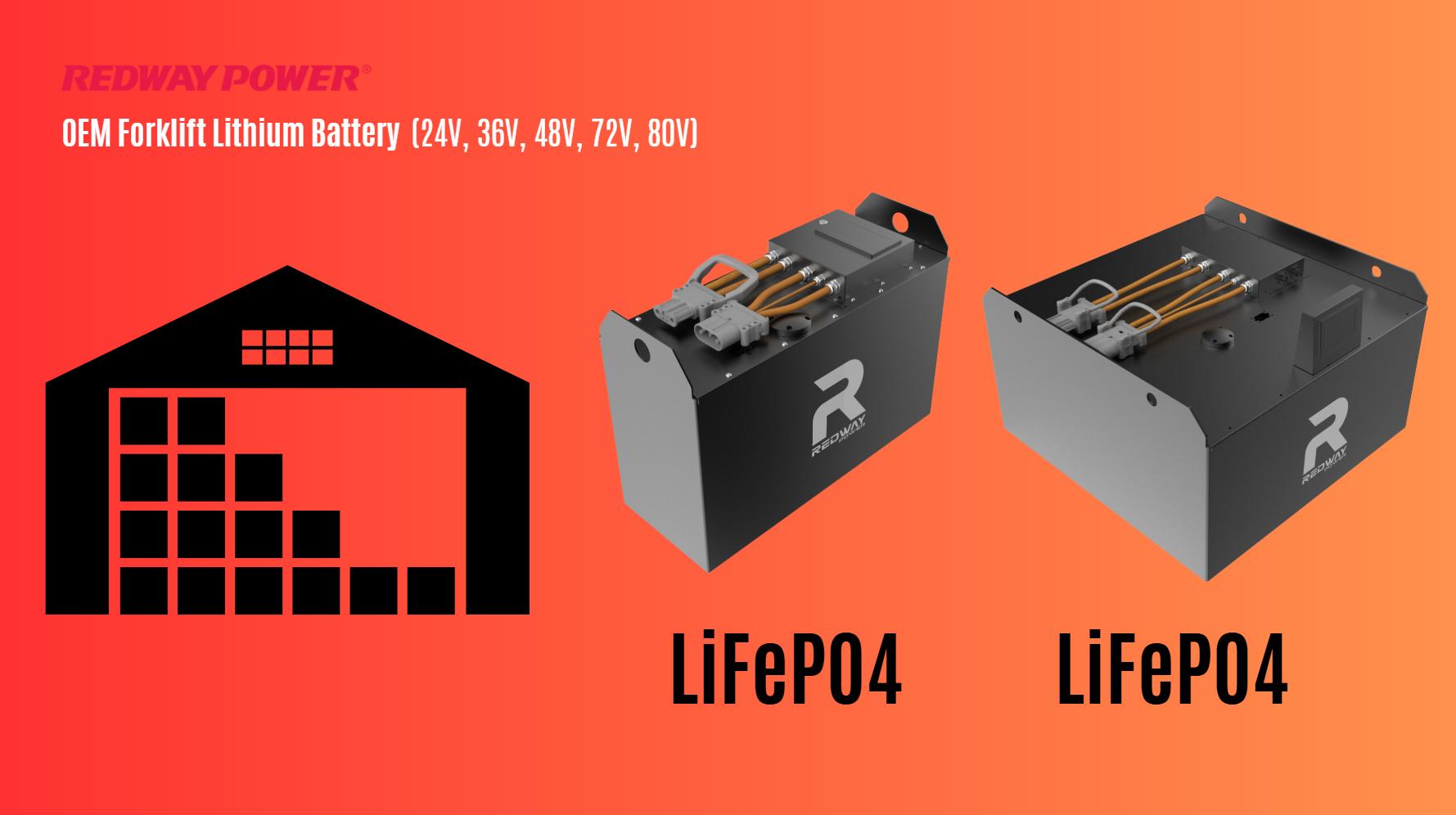
Blog
How Do LiFePO4 Forklift Batteries Improve Warehousing Efficiency?

LiFePO4 (lithium iron phosphate) forklift batteries enhance warehousing efficiency by offering faster charging, longer lifespans, and reduced downtime compared to traditional lead-acid batteries. Their lightweight design improves forklift maneuverability, while zero maintenance requirements lower operational costs. These batteries also operate efficiently in temperature-sensitive environments, making them ideal for modern logistics demands.
What Are the Key Advantages of LiFePO4 Batteries in Warehousing?
LiFePO4 batteries provide 2-4x longer cycle life than lead-acid, reducing replacement costs. They charge fully in 1-2 hours versus 8-10 hours for lead-acid, enabling multi-shift operations. No acid leaks or gas emissions improve workplace safety, while 30% weight reduction increases payload capacity. Their consistent voltage output ensures stable forklift performance throughout discharge cycles.
How Does Charging Efficiency Impact Warehouse Productivity?
Opportunity charging capabilities allow LiFePO4 batteries to recharge during breaks without memory effect damage. This eliminates battery-swapping downtime, increasing equipment availability by 20-30%. Fast charging reduces energy costs by 40% compared to traditional charging methods, while smart battery management systems prevent overcharging and optimize power distribution.
Advanced lithium batteries support partial state-of-charge (PSOC) cycling, enabling operators to top up batteries during 15-minute breaks without performance degradation. Warehouses using opportunity charging report 28% fewer charger investments by eliminating dedicated charging rooms. For example, a 600V DC fast charger can replenish 80% capacity in 45 minutes – enough to power a 3-ton forklift through peak afternoon shifts. Integrated telematics automatically align charging schedules with labor patterns, reducing idle time by 18%.
| Charging Metric | LiFePO4 | Lead-Acid |
|---|---|---|
| Full Charge Time | 1.5 hours | 8 hours |
| Energy Efficiency | 96% | 82% |
| Daily Availability | 23 hours | 16 hours |
Which Safety Features Make LiFePO4 Ideal for Material Handling?
Built-in thermal runaway prevention and flame-retardant materials minimize fire risks. Battery Management Systems (BMS) monitor cell balance, temperature, and voltage 24/7. Unlike lead-acid, they eliminate hydrogen gas emissions and acid spills, complying with OSHA safety standards. Shock-resistant casings protect against impact damage in high-traffic environments.
When Does ROI Justify Switching to Lithium Forklift Batteries?
Most operations recoup costs within 2-3 years through reduced energy bills (up to 30% savings) and elimination of watering/equalization labor. Facilities with 2+ shifts see fastest ROI due to higher utilization rates. Predictive maintenance algorithms extend service life beyond 10 years, delivering 3-5x total cost savings over lead-acid alternatives.
Where Can LiFePO4 Batteries Optimize Cold Storage Operations?
LiFePO4 maintains 95% capacity at -20°C versus lead-acid’s 50% performance drop. Instant cold-start capability eliminates pre-heating requirements. Reduced self-discharge (1-3% monthly) ensures reliability in freezer environments. Insulated battery cases prevent condensation issues, making them perfect for food/pharma warehouses with strict temperature controls.
In frozen storage applications, lithium batteries demonstrate 40% longer runtime per charge compared to lead-acid at -30°F. Specialized models feature heated electrolyte systems that activate only during charging, maintaining optimal chemical reactions without wasting energy. A major cold chain logistics provider reported 63% reduction in battery-related downtime after switching to LiFePO4, with batteries maintaining 100% capacity after 18 months of -15°C operation.
| Temperature | LiFePO4 Capacity | Lead-Acid Capacity |
|---|---|---|
| 25°C | 100% | 100% |
| 0°C | 98% | 75% |
| -20°C | 95% | 50% |
Why Are Smart Batteries Revolutionizing Inventory Management?
Integrated IoT sensors provide real-time charge status and health data through warehouse management systems. This enables predictive maintenance scheduling and optimized charging cycles based on shift patterns. Data analytics help managers allocate forklifts efficiently, reducing deadhead trips by up to 25%. Remote monitoring capabilities support multi-site fleet management.
Expert Views: Redway Power Insights
“Modern warehouses using LiFePO4 report 18% productivity gains from eliminated battery changes. Our batteries’ modular design allows capacity upgrades without replacing entire units. The latest 48V systems deliver 10% more torque for heavy pallet handling while maintaining 98% energy efficiency. Future models will integrate automated charging docks with AGV systems.”
— Redway Power Engineering Team
Conclusion
LiFePO4 forklift batteries address critical warehousing challenges through technological superiority in energy density, operational flexibility, and lifecycle management. As e-commerce demands faster turnaround times, adopting lithium-powered fleets becomes strategic for maintaining competitive advantage while meeting sustainability goals.
FAQs
- Can LiFePO4 Batteries Replace All Lead-Acid Models?
- Yes, most modern forklifts support drop-in lithium replacements. Customizable voltage configurations (24V-80V) ensure compatibility across Class I-III equipment.
- How Long Do LiFePO4 Forklift Batteries Last?
- Typical lifespan ranges from 3,000-5,000 cycles (8-10 years), compared to 1,500 cycles for advanced lead-acid. Properly maintained units can exceed 7,000 cycles.
- Are There Government Incentives for Switching?
- Many regions offer tax credits covering 20-30% of lithium battery costs under clean energy initiatives. Some utilities provide rebates for installing smart charging stations.








